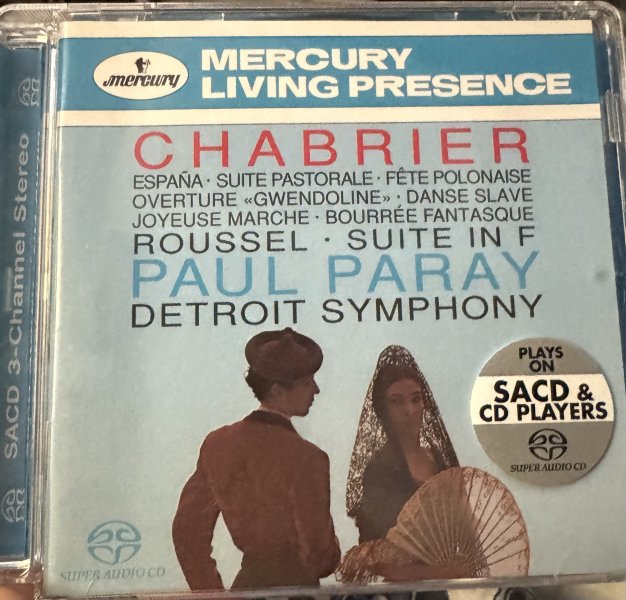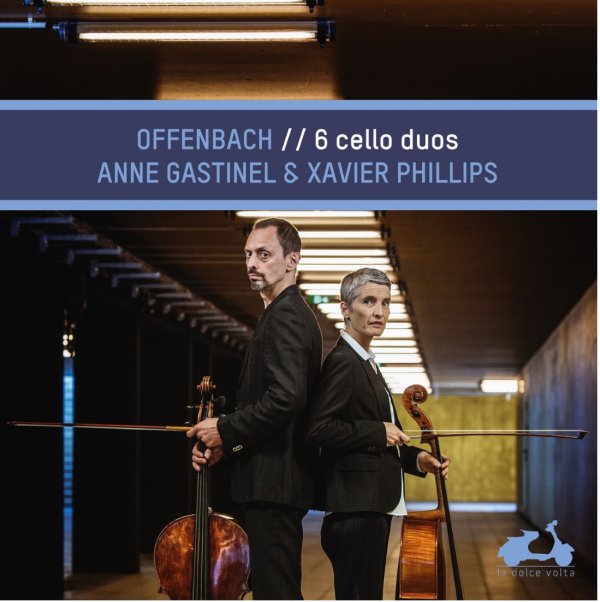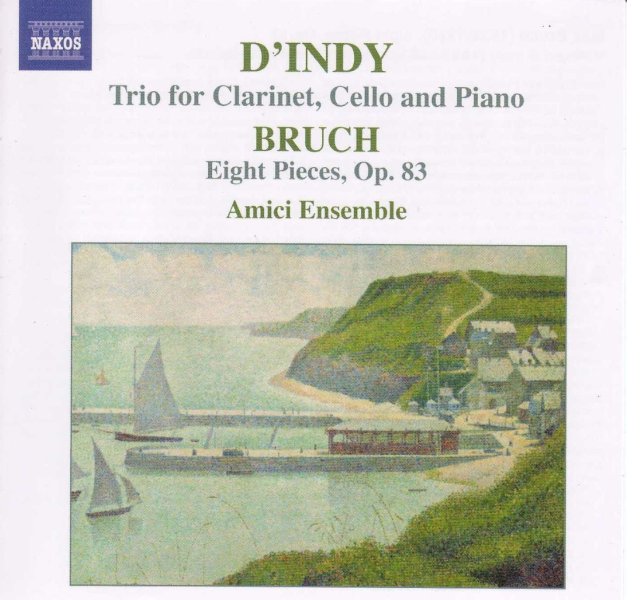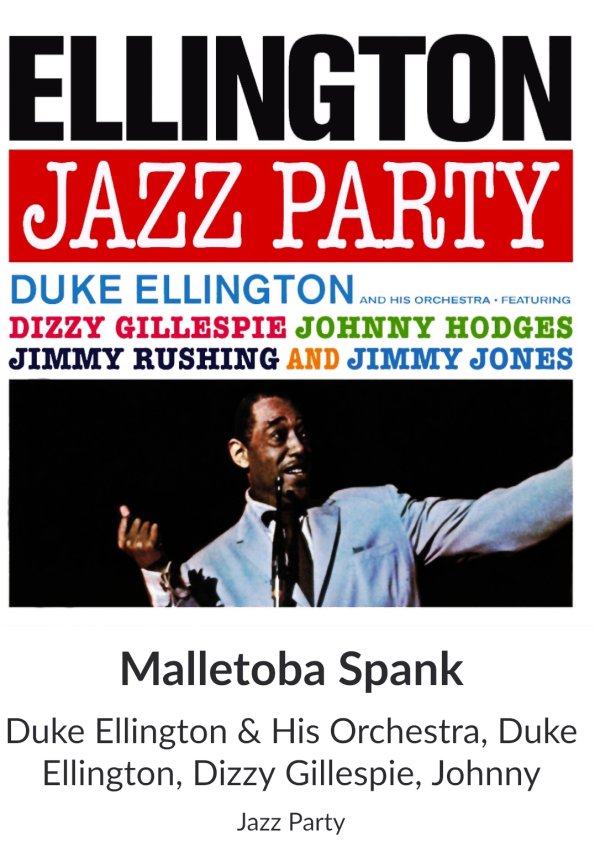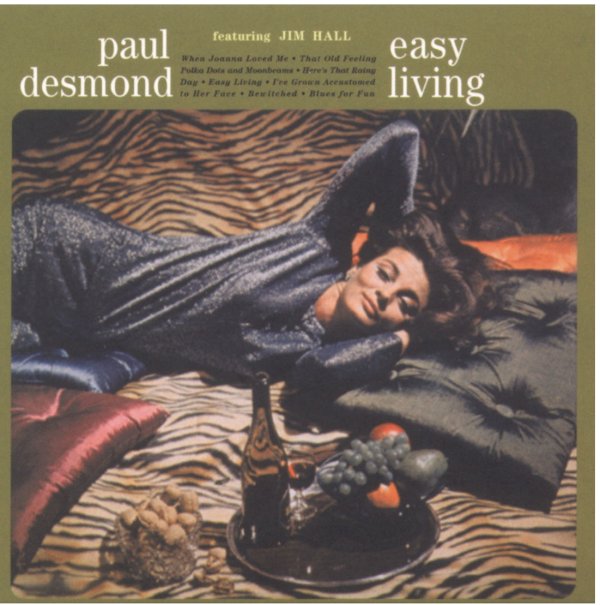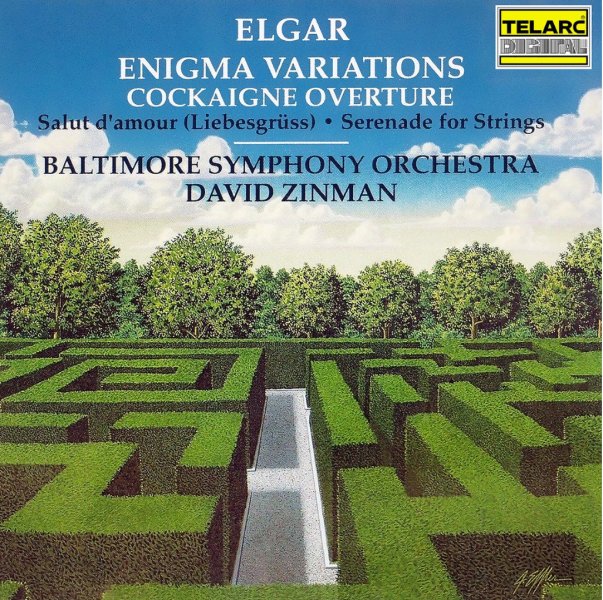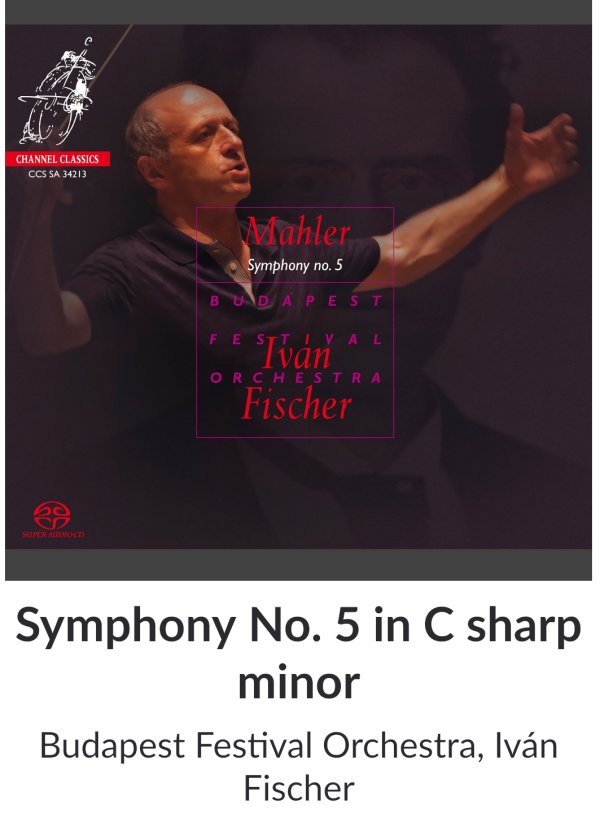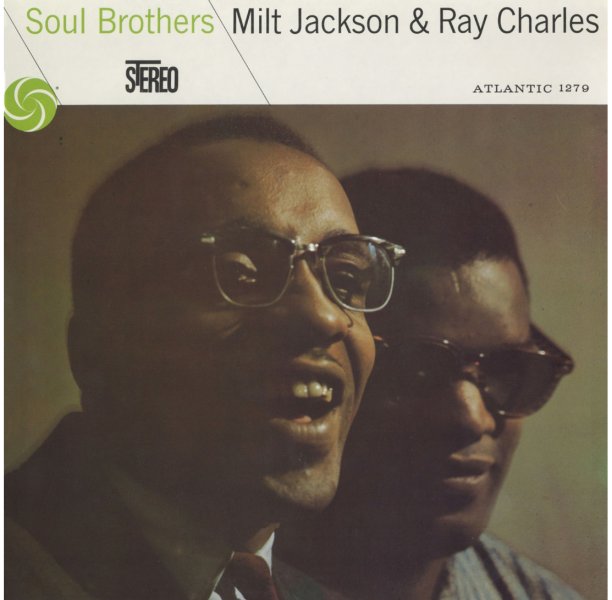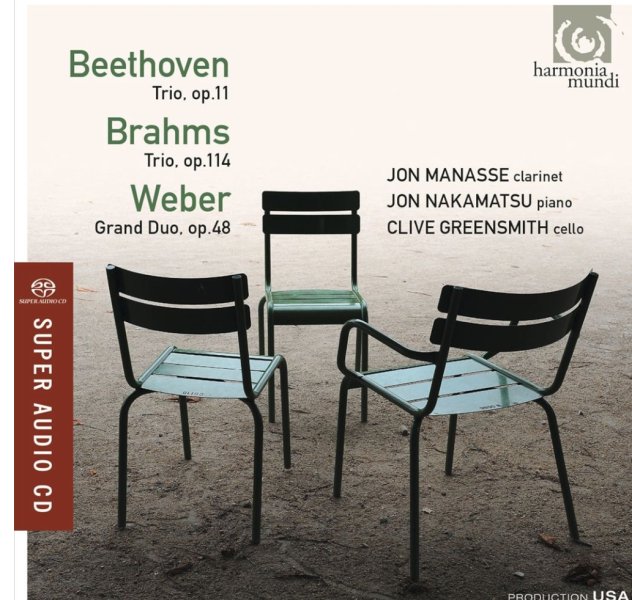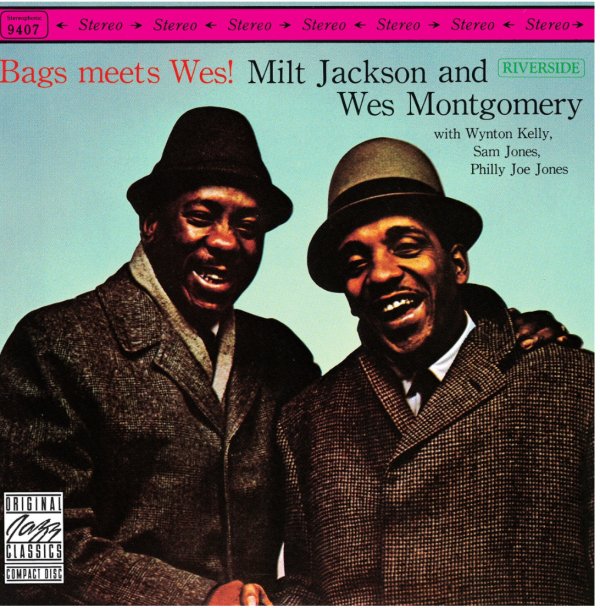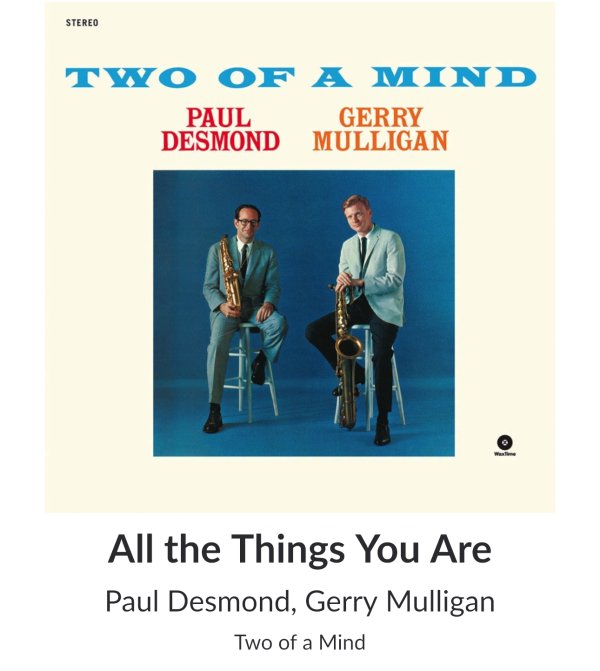Here’s an experiment to try with your loudspeaker. Walk up to it and try to listen to it at one foot or six inches or your ear against it. The huge SL G9-7c with 9’ x 4’ if radiating surface area sounds as composed at normal listening distances of 12-14’ as it does at one foot or six inches. Surreal. There’s no drop in tonality. No change in balance. Just the same sound. But the apparent immersion changes.
Rocking to the beat of Dylan. I wonder if he’s ever heard his music on big electrostatic speakers?
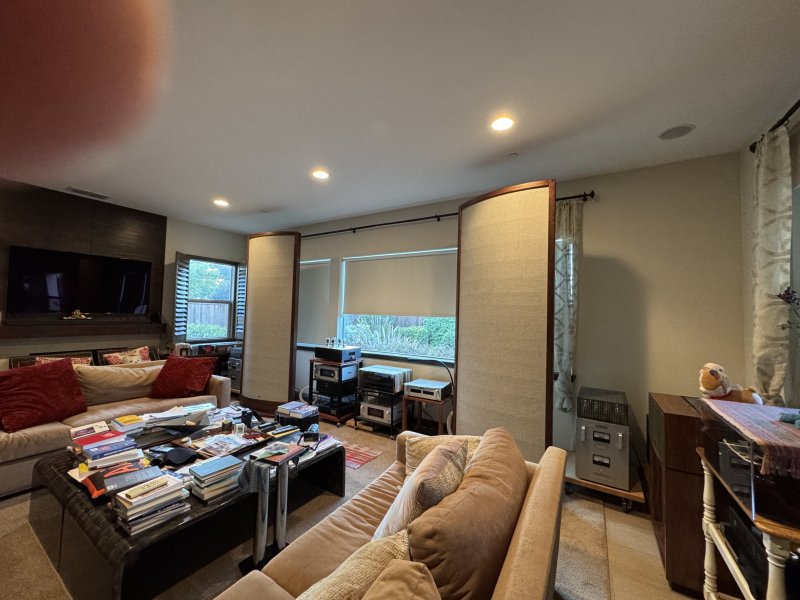
Rocking to the beat of Dylan. I wonder if he’s ever heard his music on big electrostatic speakers?
















